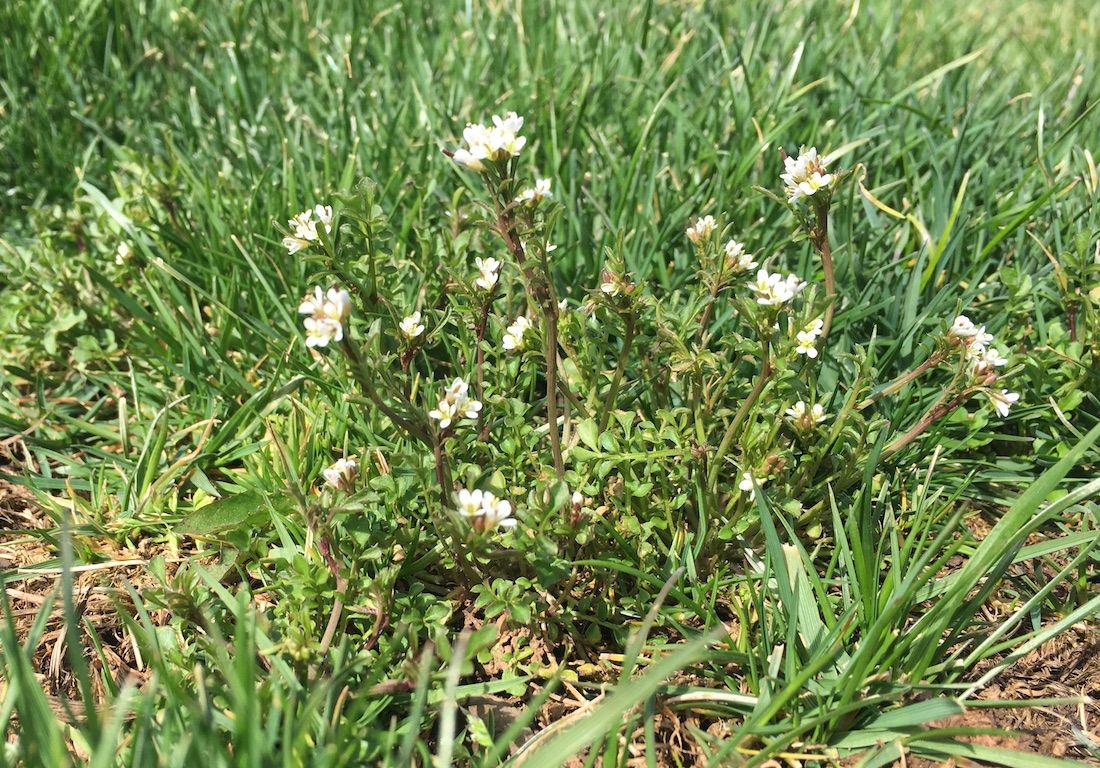
Weeds are a frustrating reality of owning a lawn. You can feel like you’re doing everything right to take care of the grass and they’ll crop up anyway. Not to mention, weeds seem to multiply faster than you can control them. If it’s any consolation, you’re not the only homeowner dealing with lawn weeds in north Texas. But, what can you do about them?
Maybe you’ve tried treating weeds yourself, or even used a lawn care company to get a weed problem under control. Plenty of people do nothing about their weeds because controlling them can feel like a lost cause. They just keep coming back.
The good news is, you really can manage common lawn weeds in Texas, and controlling them starts with properly identifying weeds so the right treatments can be applied to the lawn at the right time. Without proper weed identification, any weed control effort is just guesswork. That’s because some weeds require different approaches.
So, let’s dive into the different types of weed control available to help manage lawn weeds in Texas, and the top eight weeds that are most notorious.
There are several types of weed control that professionals use to control common lawn weeds in Texas. And, there are many types of those weeds, and a range of materials pros apply to achieve different levels of control. Lawn care is a science.
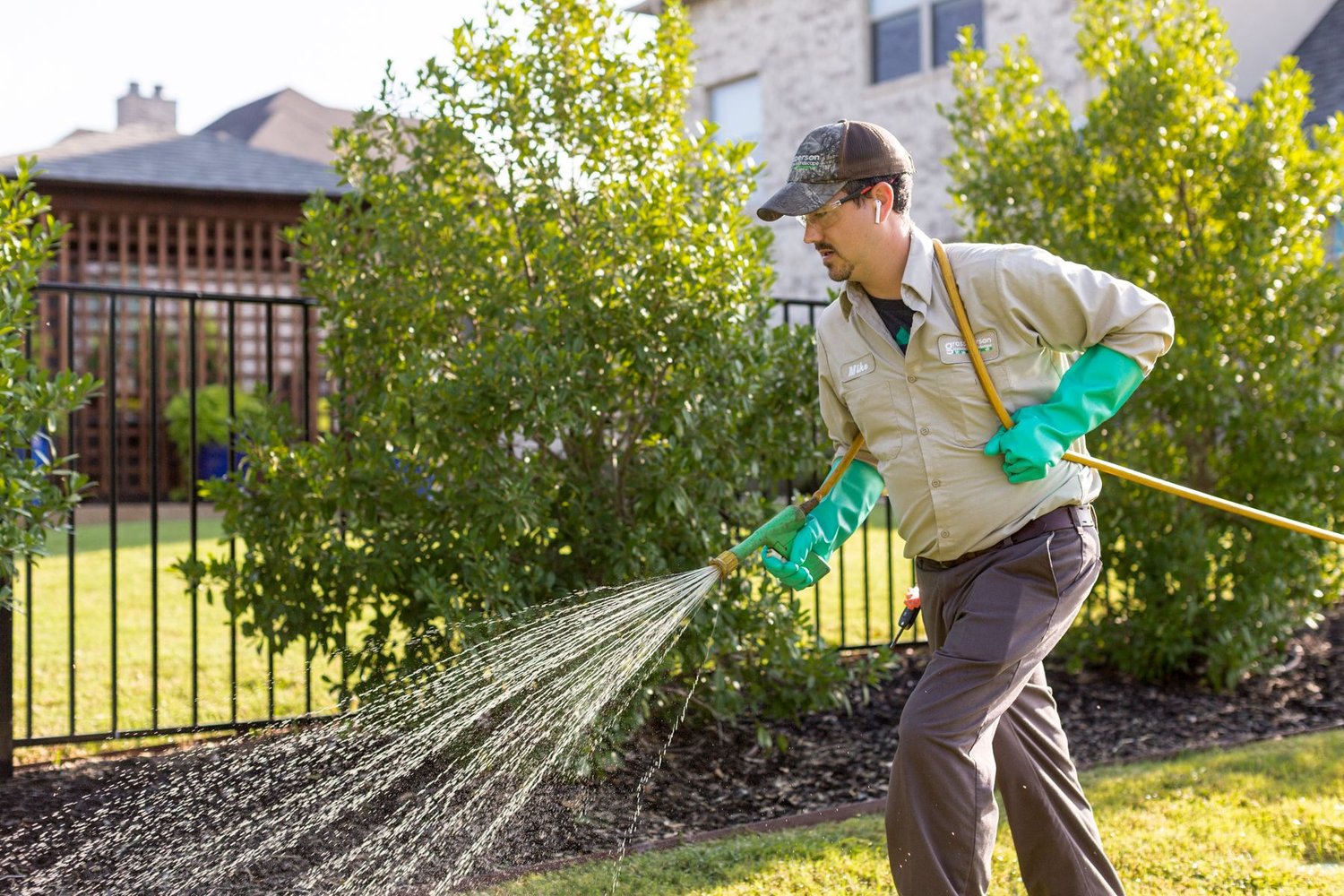
This weed control is applied as a liquid spray or spread on the lawn as a granular formulation. Pre-emergent weed control addresses weeds after germination, but before they emerge above the surface. The purpose is to reduce the likelihood of weeds from growing in the lawn. In north Texas, pre-emergent weed control products are generally applied in late fall, late winter and early spring.
This liquid weed control works on weeds that have already appeared in the lawn. There are different types of post-emergent weed control products that are used to address specific weeds, which is why proper weed identification is critical for getting results.
Liquid weed control is applied as a spray on to the lawn. Liquid weed control tends to cover weed leaves more uniformly, and you do not need to water in a liquid product. In fact, you want to avoid watering for several hours so the liquid application can dry on the weed and do its work. Also, save mowing for 24 hours after a weed application so the weed control product can work its way through the plant’s system before any of its leaves are cut off.
This dry weed control is applied using a spreader, and it is effective once it works its way to the soil and is watered in either by rain or running an irrigation system.
%20(1)%20(1)%20(1)%20(1).jpg?width=1500&name=grassperson-crew-spreading-fertilizer-3%20(1)%20(1)%20(1)%20(1)%20(1).jpg)
Granular weed control may be mixed with other lawn care products, such as fertilizer. Granular weed control is a broadcast application and typically reserved for pre-emergent applications.
Selective weed control is designed to target weeds without damaging surrounding grass. Specific treatments are chosen based on weed type. For example, some products will kill broadleaf weeds like Dandelion, but it will not kill your turfgrass. That’s an example of a liquid, selective, post-emergent weed control.
As the name implies, non-selective treatments impact any plants they contact, including grass. These products can be helpful for killing weeds along fence lines or in crevices. Special care must be taken to prevent these products from touching plants (and grass) you want to keep.
As you can see, there is more to controlling weeds than just applying a “weed control.”
Now, let’s address the most common lawn weeds in Texas. You will learn about weed identification and how to treat different types of weeds.
North Texas is home to two types of crabgrass: Smooth Crabgrass and Hairy Crabgrass. Both are annual grasses, and they crop up in the lawn in early to mid-spring. Crabgrass reproduces quickly and can dominate a lawn because it grows faster than most turfgrass.
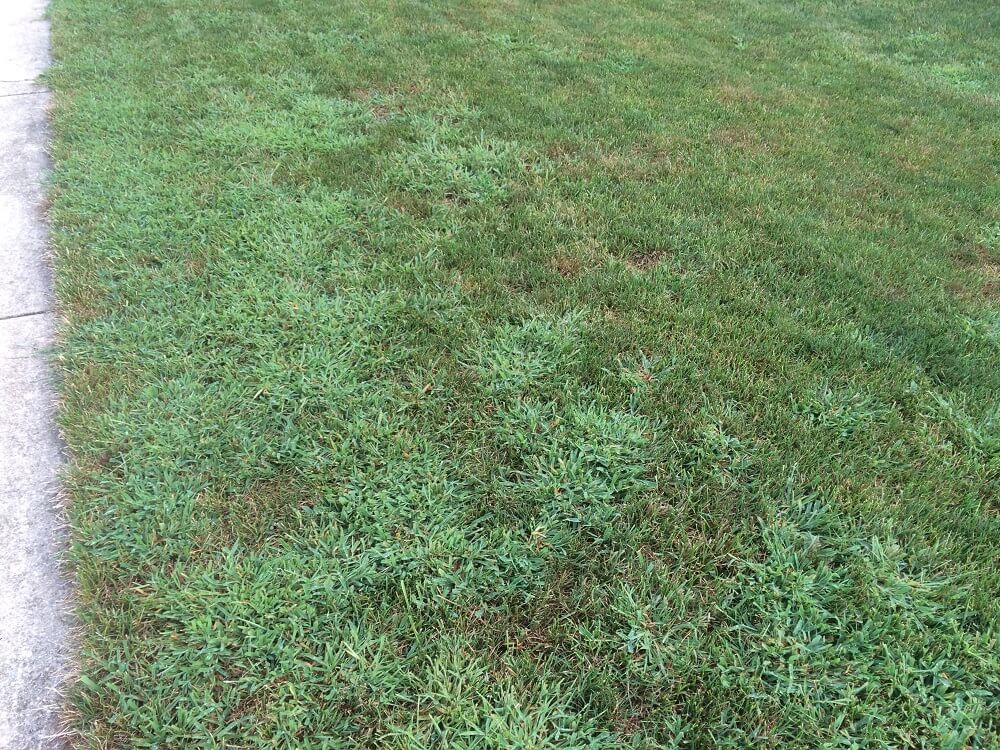
Crabgrass needs sunlight to thrive, which is why crabgrass takes over in thin lawns, and in lawns where grass is cut very short. For these reasons, the best control for crabgrass is to maintain a healthy lawn because this grassy weed does not thrive in dense turfgrass. Mow regularly and properly, follow appropriate watering schedules, and utilize a consistent fertilization and weed control approach to promote a healthy lawn.
Pre-emergent weed control in late fall, late winter and early spring can reduce the amount of crabgrass from surfacing. In spring and throughout summer, a timely post-emergent weed control helps control plants when they are small. On the other hand, if you wait until your lawn is overrun with weeds, you’ll have a tougher time gaining control.
Lawns that have been neglected and overtaken by this weed require the physical removal of crabgrass (digging it out) and replacing bare spots with sod, in conjunction with a comprehensive weed control program.
Another common weed in North Texas is Dallisgrass. Dallisgrass grows in clumps, and it sticks out in the lawn because of its bunch-like appearance, coarse leaves and tall seed stalks.
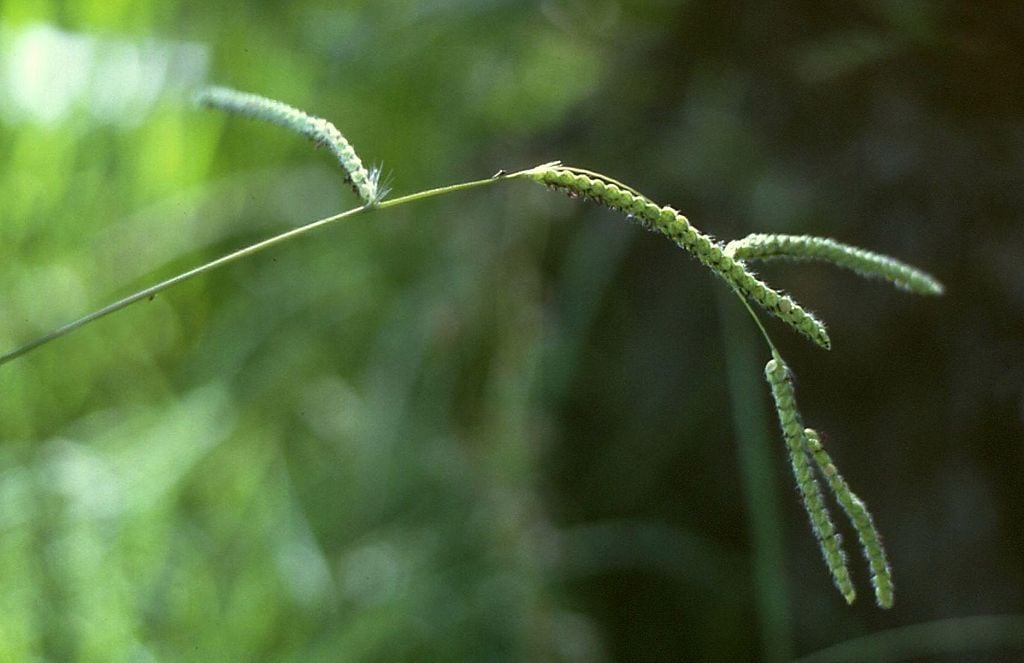
The best control for Dallisgrass is a late fall post-emergent weed control application while it is still actively growing followed by a regular weed control program during the remainder of the season.
Nutsedge, informally referred to as nutgrass, is a perennial weed with a triangular stem and foliage that sprouts in groups of three. It can grow in dry soils and shoots up more rapidly than turfgrass, so you’ll notice it sprouting up out of your lawn. Because this is a perennial weed, it grows in warmer months, goes dormant in cooler months, and can come back again. By treating Nutsedge every year, you’ll make progress by reducing the next year’s weed pressure.
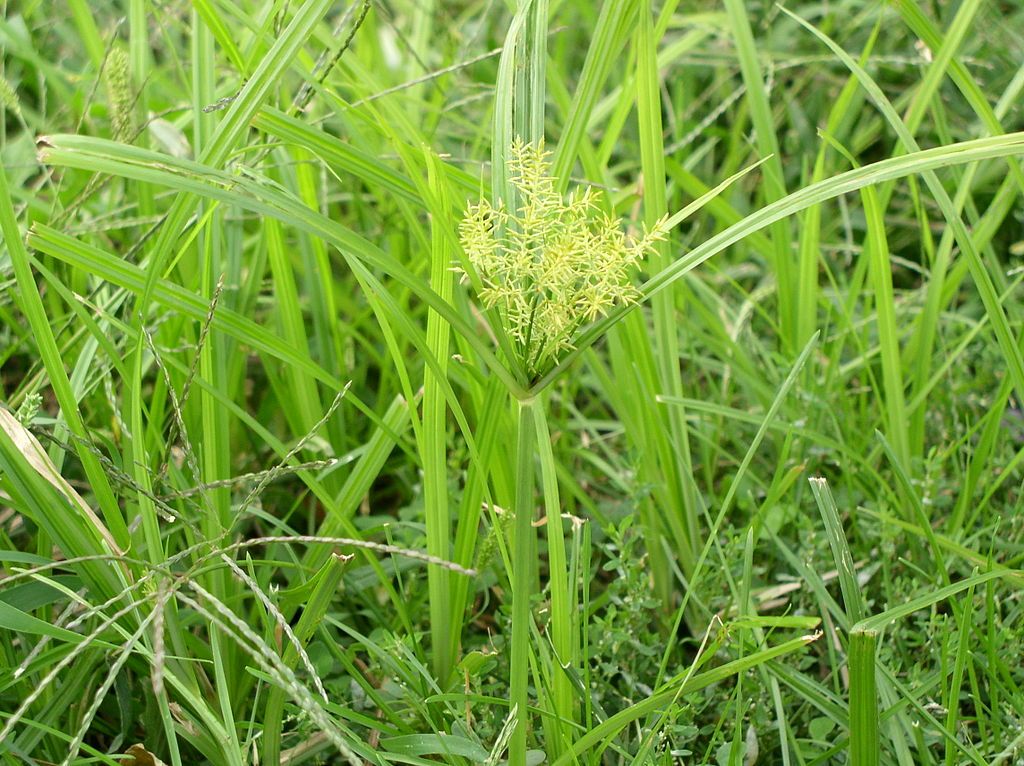
Nutsedge is best treated with a post-emergent weed control and spot treatments.
Over the long term, control Nutsedge by ensuring your lawn does not have drainage issues (which exacerbate the problem), and sod bare spots.
Also known as annual bluegrass, Poa annua grows upright and has creeping stolons. It tends to emerge in late summer and persists in fall. Its seeds germinate through fall, winter and spring, which can make this lawn weed difficult to control.
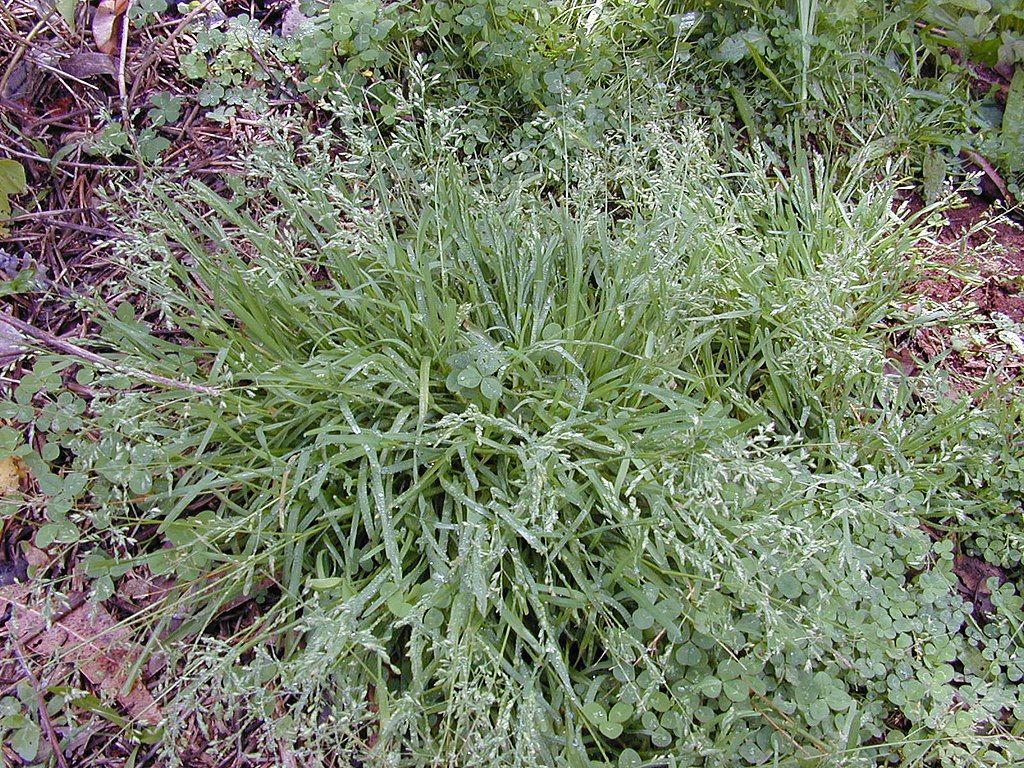
Pre- and post-emergent weed control can help prevent Poa annua from growing in the lawn, and manage weeds that have already made an appearance.
Known for its yellow flower, the dandelion has a deep, thick taproot that can grow 6 to 12 inches deep and a long, single stalk. This common lawn weed tends to appear in April through June, when its flower head matures and seeds disperse.
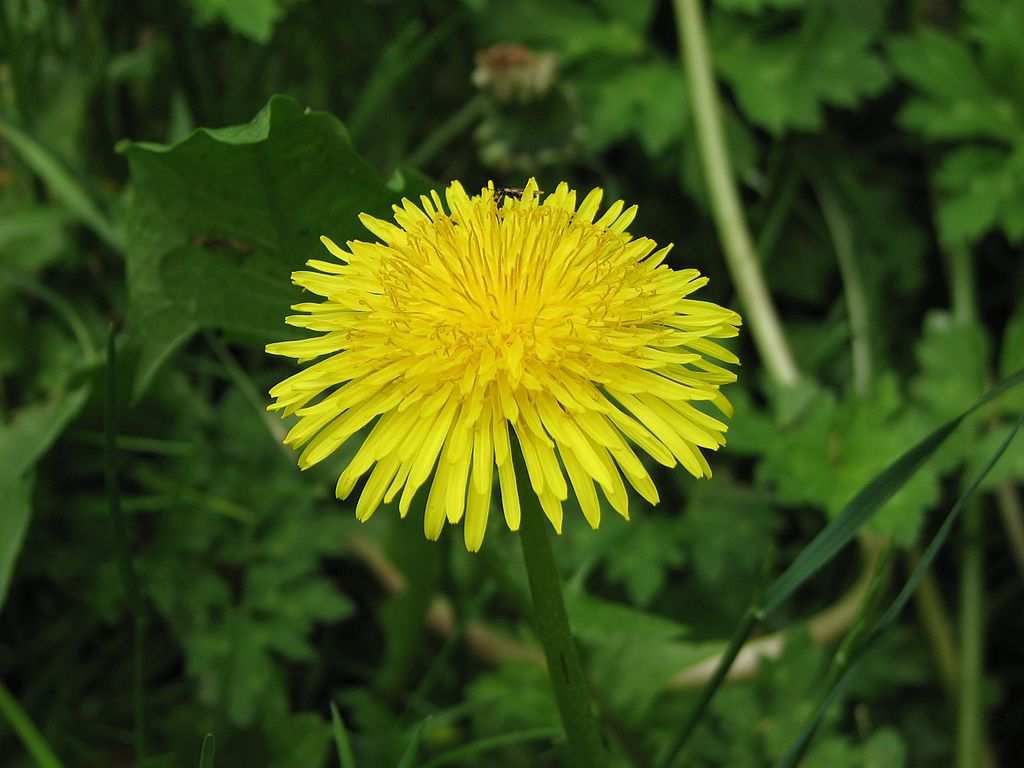
Because Dandelion is a perennial, it will keep coming back if you don’t take measures to control it. The best defense is to maintain a thick, healthy lawn and treat Dandelion with post-emergent, selective, liquid weed control.. As with most common lawn weeds in Texas, the best way to prevent Dandelion is to maintain a healthy lawn with thick grass that allows no room for weeds to grow.
Spurge leaves are oval and oblong, with serrated edges and have a bit of purple or red in the center. This broadleaf weed germinates in late spring and grows throughout the summer.
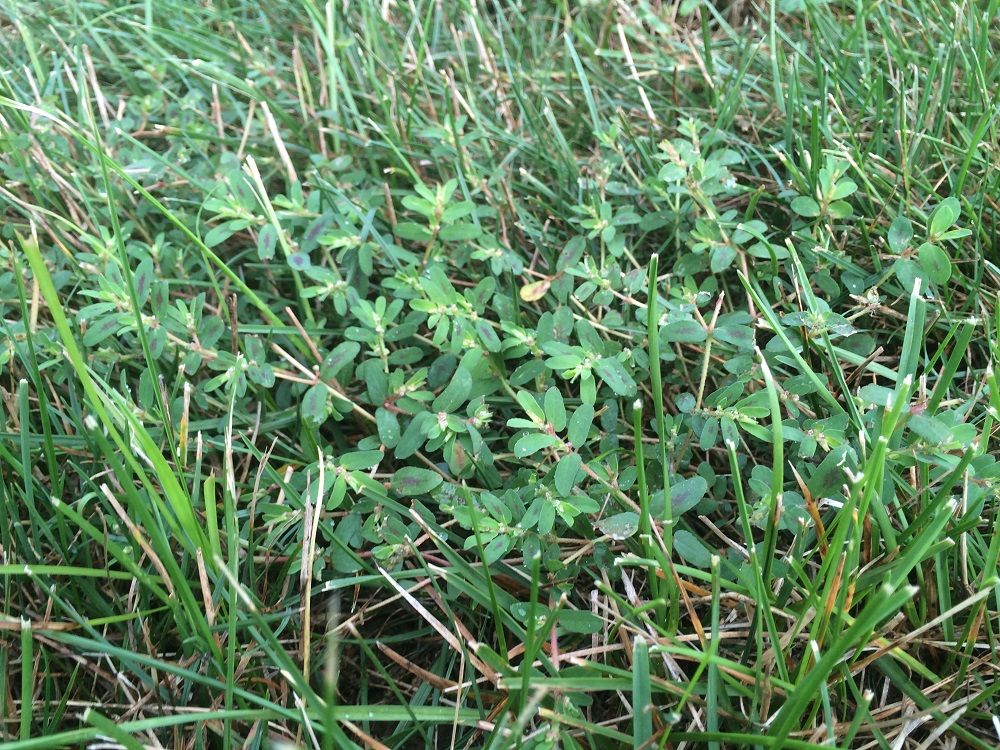
So, the key to controlling it is applying pre-emergent weed control in late winter and early spring, followed by post-emergent herbicides to manage spurge that appears in the lawn.
Known for its tiny white flowers, bittercress is a winter annual weed that emerges in early spring. It is especially prevalent after rainy periods because it thrives in wet ground. Bittercress has a long tap root. The good news is, bittercress is an annual so the plant you eliminate won’t return next season. But, the key to controlling bittercress is catching it before its flowers turn into seed pods that disperse.
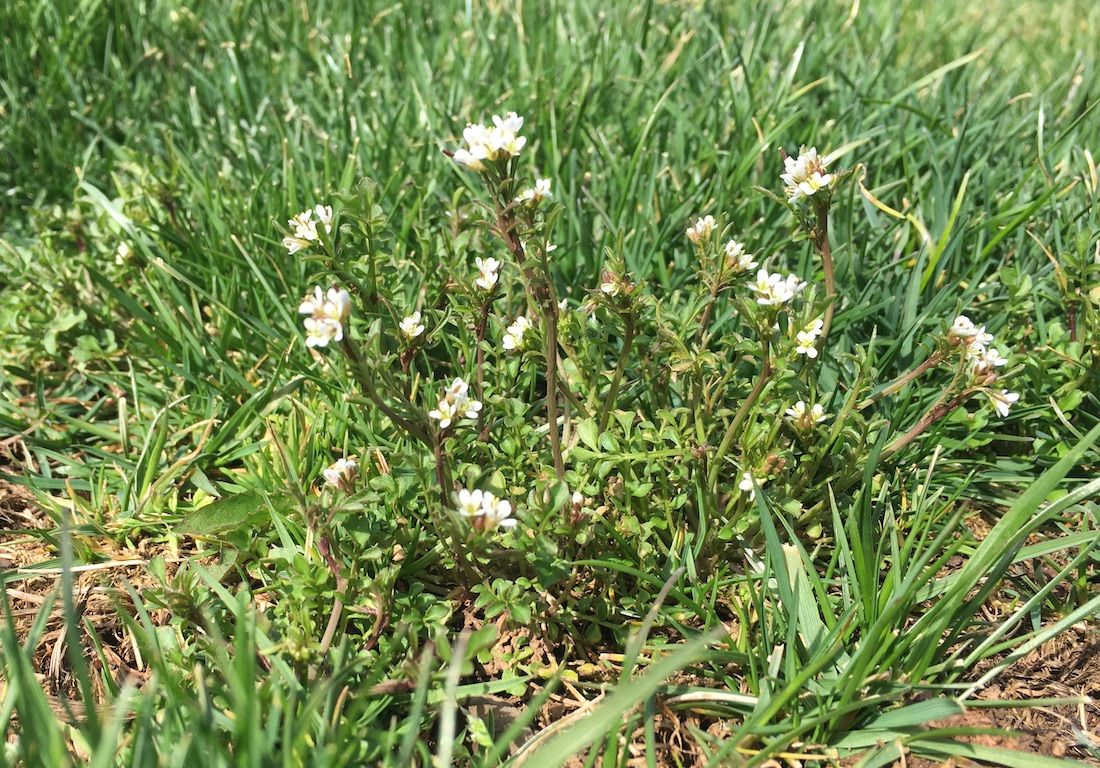
Post-emergent control of bittercress will manage existing weeds in the lawn so weed seeds do not disperse.
This cool-season annual broadleaf weed crops up in early fall and grows through winter into spring. It has square, slender stems that branch out from the base, and its leaves are circular and hairy. Henbit has shallow roots, and its spreads aggressively during the off-season in north Texas, which is why year-round lawn care is critical for maintaining healthy turf. In spring, henbit blooms pink/purples flowers.
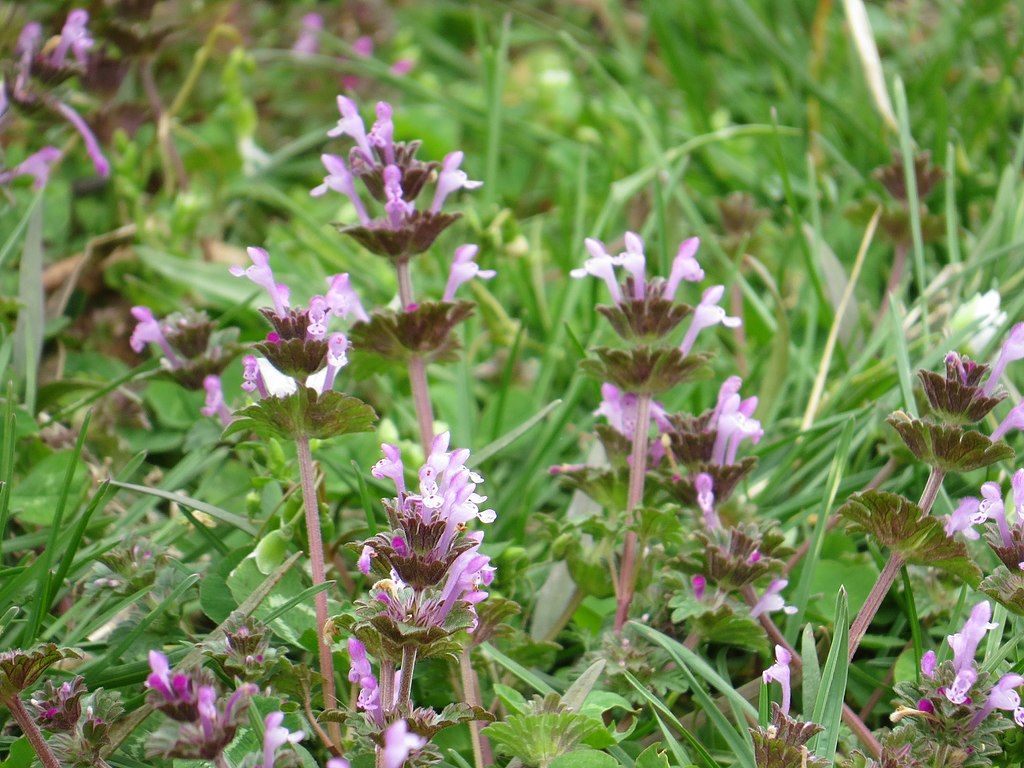
Manage Henbit with pre-emergent weed control in fall, winter and early spring and also treat it with post-emergent, liquid weed control.
Lawn weeds seem to never stop growing in north Texas, and controlling them requires knowledge of exactly what type of weed is encroaching on your lawn so the right product can be applied at the right time. It’s frustrating when you spend time, energy and resources trying to fight weeds yourself, or when you put trust into a pro to do the job and don’t get the results you want. Weeds truly are a pain.
The best defense is a year-round lawn care program that not only prevents many weeds from appearing (pre-emergent control) but also addresses weeds after they appear in the lawn (post-emergent control). Along with that, fertilization helps stoke healthy turf growth, and proper mowing and watering will promote a vital, strong lawn that does a better job standing up against weeds.
Don’t let weeds get the best of your lawn. Get an expert analysis and find out exactly which weeds are causing a problem so weed control can be targeted and timed accurately. Get a free quote and find out how you can get the best lawn on the block. Seriously, you deserve it.
Image sources: dallisgrass, nutsedge, poa annua, dandelion, henbi
These Stories on Lawn Care